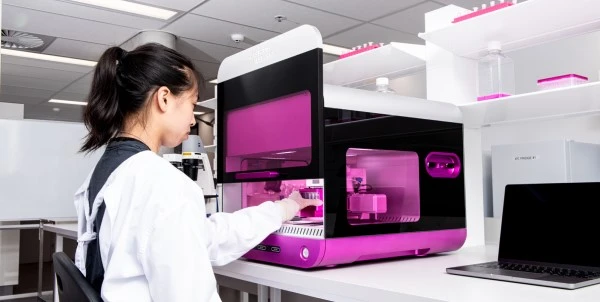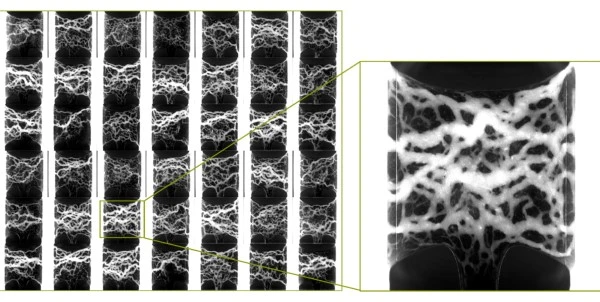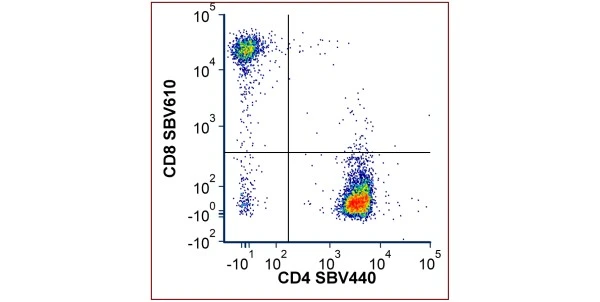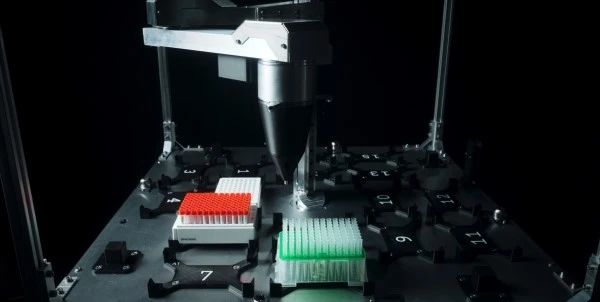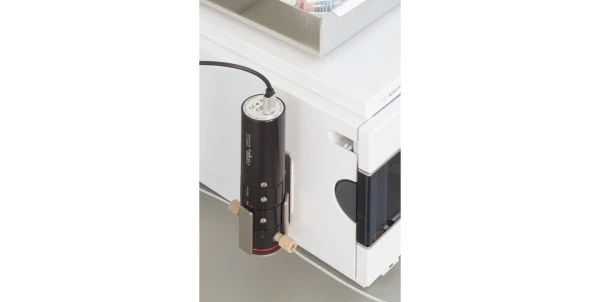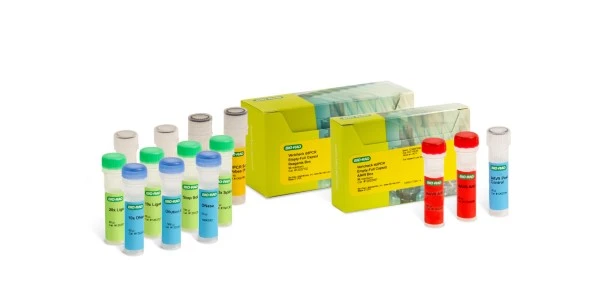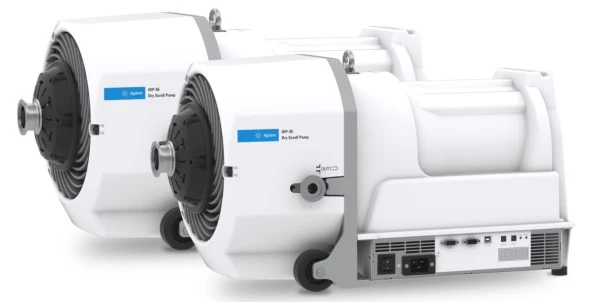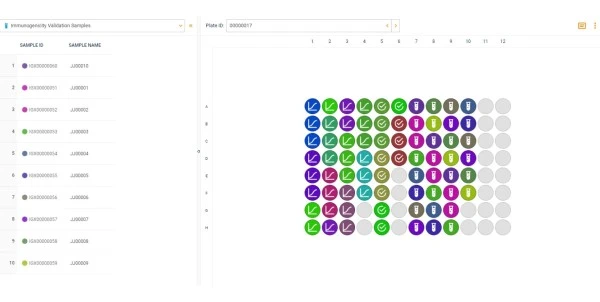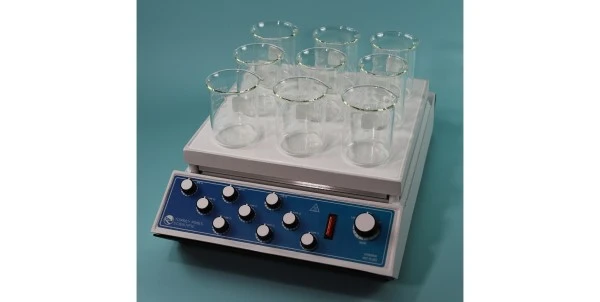
Gas Chromatography Product Snapshot: Modern Refinements to a Classic Technique
Gas Chromatography (GC) is the method of choice for many processes, including trace compound analysis, gas monitoring, and chemical production, due in part to the ease and simplicity of the technique. A significant difference between GC and liquid chromatography (LC) is that liquid samples are vaporized prior to entry into the column and thus are analyzed as gas phase species. The resulting spectrum is based on elution time and quantification by a gas detector, with pressure and thermostatic control being critical to the process. Many iterations over several decades have pushed the capabilities of GC technology in new directions.
Recent technology innovations have made GC amenable to wide range of applications involving high-sensitivity, quantitative analysis of organic molecules and compounds. This product snapshot focuses on a new instrument platform aimed at expanding the sensitivity and range of compound detection, while streamlining quantitative analysis.
Shimadzu has a rich history in analytical instrumentation, having released the first Gas Chromatography (GC) system in 1957. Since then, Shimadzu has produced a series of instruments with refinements to suit a wide range of applications.
The 2009 GC-2010 Plus represented a new generation in capillary GC systems, redefining the sensitivity limits of trace analysis, the speed of applications, and the ease of operation from the user perspective. Novel features like Advanced Flow Technology (AFT), LabSolutions software, and a new detector line-up were designed to produce high quality data from limited material and for demanding applications.
In 2017 Shimadzu released the Nexus GC-2030, improving upon the utility of Advanced Flow Technology by significantly enhancing user control and allowing methods to be specified directly through the LabSolutions software or through the touch panel on the GC unit itself. Results include greater user efficiency by avoiding the tedious specialized wizard software built into the GC-2010 Plus.
In multidimensional GC/GC-MS, insufficiently resolved components from the first column are selectively injected onto a second column in a process known as ‘heart cut’. The Shimadzu AFT technology makes use of a high-precision digital flow controller to enable precise flow switching, thereby producing the reproducibility often required for challenging capillary GC applications. AFT enables peak column performance through a backflush system. This reverses the carrier gas flow after compounds have eluted in order to discharge late eluting components through the injection port split valve.
Detector splitting is another AFT feature designed to allow compounds eluting from an analytical column to be split to multiple detectors -- thereby producing multiple chromatograms. AFT increases the power of trace compound identification by coupling multiple detectors with high-confidence qualitative and quantitative capabilities.
LabSolutions is a fully integrated software solution designed to allow complete GC and LC control while offering advanced user function and back compatibility to older systems. The interface includes basic settings and customizable features, while enabling access to chromatograms, peak information, and quantitative results from multiple data sets simultaneously.
A new and advanced touch screen interface on the Nexus GC-2030 is designed to enable control of analysis conditions, self-diagnostics, automatic carrier gas leaks, chromatographic display options, and other useful settings. Intuitive features include graphical icons to simplify control of parameter set points and to ensure accurate monitoring of operating status.
LabSolutions Direct is a new LabSolutions software tool that allows remote control and monitoring of the Nexus GC-2030 by way of a smart phone or tablet. The smart device interface can be used to check the instrument status, monitor chromatograms, and start or stop analyses, all from remote locations outside the lab.
The GC-2010 Plus is compatible with six available detectors which include: Electron Capture Detector (ECD) for electrophilic compound analysis; Thermal Conductivity Detector (TCD) for gases and organic compounds; Flame Thermionic Detector (NPD) for nitrogen and phosphorus compounds; Barrier Discharge Ionization Detector (BID) for helium-based barrier discharge plasma applications; Flame Ionization Detector (FID) for analysis of a wide range of organic compounds; and Flame Photometric Detector (FPD) for organic phosphorus and sulphur compound analysis.
The detectors have been optimized in the Nexus GC-2030 to expand the sensitivity and performance for greater depth and coverage. For example, the FID is touted to have improved instrument controller and flow controller stability resulting in lower noise and higher sensitivity. The FPD has a novel optical system with a more advanced dual-focus system resulting in again the highest sensitivity among active technologies.
The Nexus GC-2030 also adds a fourth injector, the Programmed Temperature Vaporization (PTV) Injector, which uses an inert heat resistant quartz insert to facilitate PTV analysis. Up to four types of injection units and six types of detectors can be selected depending on the purpose of analysis and target compounds. Four detectors can be controlled simultaneously using the LabSolutions software.
Innovative new features are designed to enhance the workflow for routine analysis. Tool-free column installation and switching is accomplished using the ClickTek Connector, replacing the more tedious and often less precise method of manually swapping columns and adjusting seals. The injection port can be opened or closed by sliding the ClickTek lever, proving a tool-free and leak-free method of replacing the insert.
Custom application systems can be built using the Nexus GC-2030. For instance, a headspace sampler can be configured for quantitative and qualitative analysis of volatile components in liquids or solids such as pharmaceuticals or consumables.
The Nexis GC-2030 also provides valuable support for configuring custom GC systems tailored to user needs. Custom systems can be adjusted and tested at the factory for the given application before shipment, so they are ready to use for measurements as soon as they are delivered. That means very little time is required for developing methods after the system arrives. Examples of GC system configurations may include Natural Gas analysis, Hydrocarbon analysis, and Refinery gas analysis, to specify a few.
Multiple advanced functions to improve process and energy efficiency are built into the Nexus GC-2030. Optimized column oven functionality ensures accuracy and consistency in oven temperature control and feedback. Automatic start and stop functions and carrier gas saver functions maximize uptime while minimizing operating costs. Self diagnostic and monitoring functions keep the user aware of the operational status at all time, assisting in troubleshooting and maintenance to maximize productivity.
Shimadzu has continued the development of GC systems for over 60 years of their 140-year history. Beginning with the GC-1A in 1957, Shimadzu has consistently been at the forefront of technology, pushing gas chromatography into new directions to reach further fields and applications.
The Nexus GC-2030 is the latest offering that brings significant improvements in user control, versatility, and throughput over previous systems – qualities that will undoubtedly help forge new territory and find further success in the field.
View the Shimadzu Nexus GC-2030 and request a quote at LabX.com
